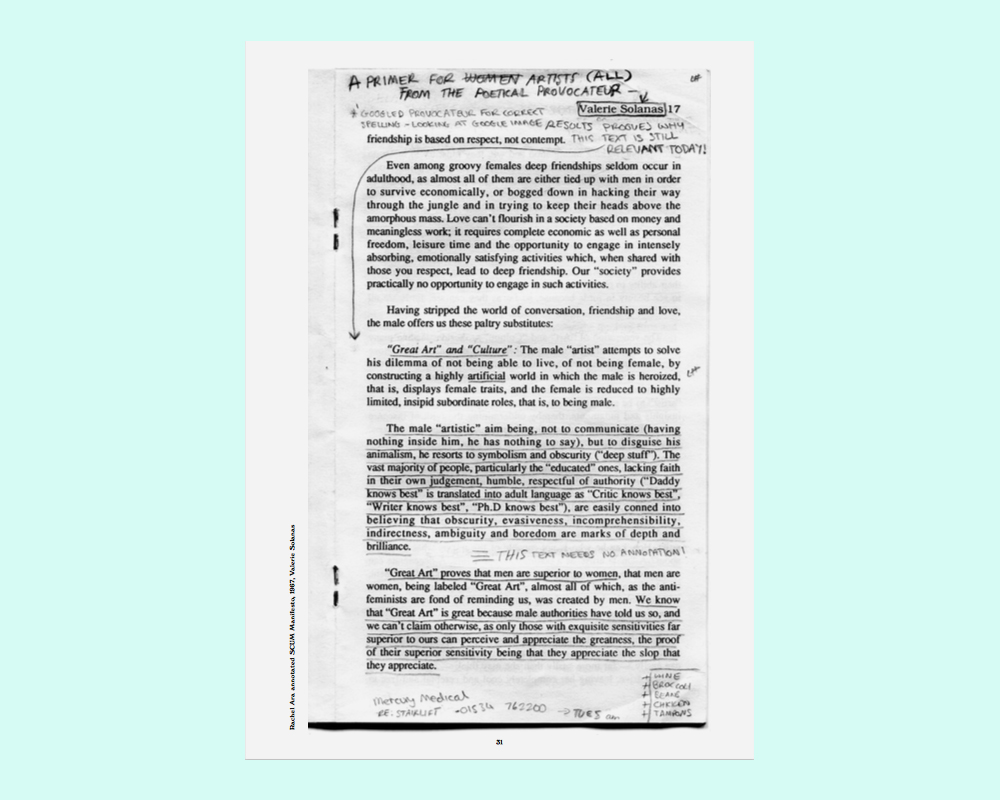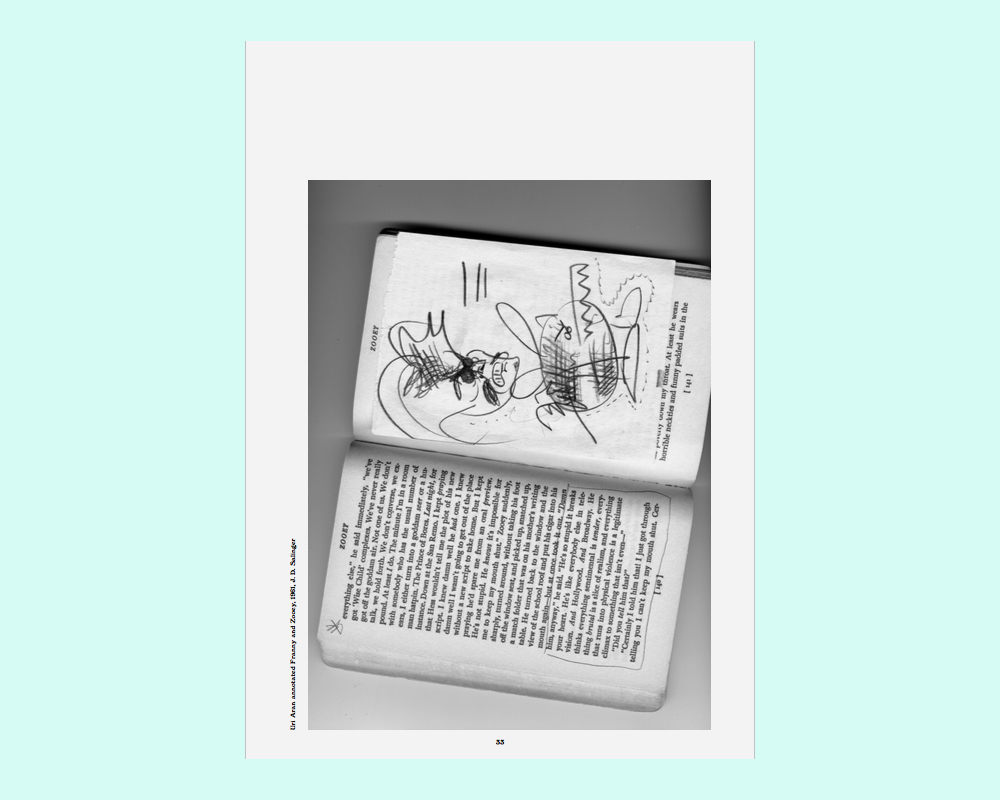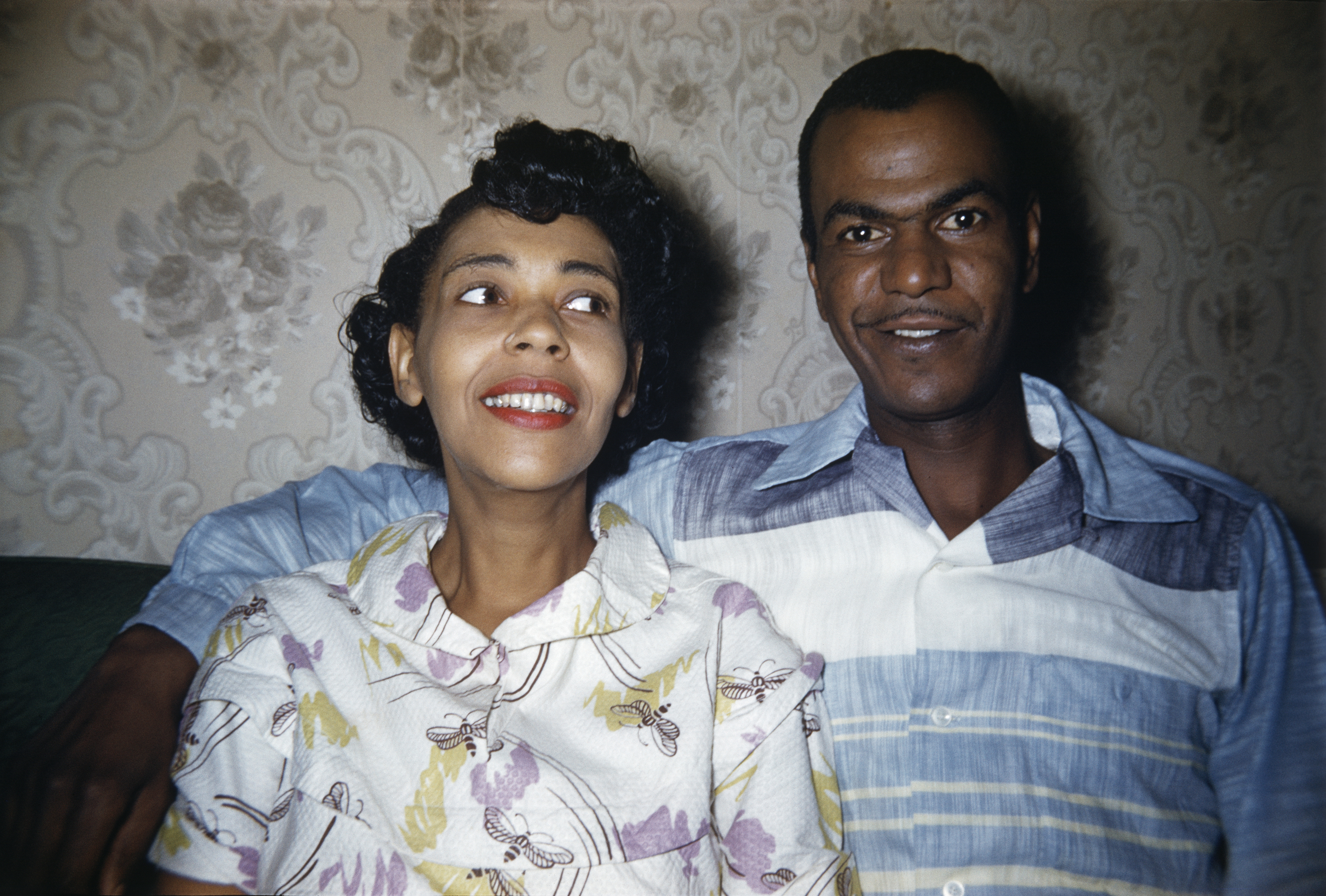A textbook of inspirations features the words of Abramović, Eliasson, Gormley and 278 more

Artist Ryan Gander and critic Jonathan P Watts have spent the last year and a half delving into 281 of the most interesting creative minds of our time. They've gathered their findings into book form (or, more accurately, USB-book form), that you can buy for £5, by ‘downloading’ it from a pop-up vending machine in London's Cork Street Galleries.
‘We asked a cohort of internationally creative people to imagine they’ve missed the last train home,’ Gander and Watts write in the introduction. They asked: ‘Is there one piece of writing that you would want with you for company in the small hours?’ Each creative figure submitted a text with personal annotations and notes made directly onto it. The impressive reel of contributors – which spans three A4 content pages – includes Marina Abramović, Art & Language, Antony Gormley, Olafur Eliasson, Ragnar Kjartansson, Sarah Lucas, Alistair Hudson, Tony Chambers and Hans Ulrich Obrist.

Zeros + Ones, by Sadie Plant, 1997, annotated by British sculptor Alice Channer
Which text each creative figure picked is as revealing as what they scribbled on it. Kjartansson chose an extract by fellow Icelander and Nobel Prize winner Halldór Laxness; Eliasson chose Sensorium – Embodied Experience, Technology, and Contemporary Art, by Bruno Latour 2006; and Pedro Reyes, (who, along with his wife Carla Fernández, has just been awarded the Design Miami/ Design Visionary Award for 2018) picked Who Shall Survive?: Foundations of Sociometry, Group Psychotherapy and Sociodrama, by Jacob Levy Moreno, 1977.
Some of the annotations are elucidating: ‘Can my perspective through the camera be as open as these words?’ muses artist Rob Crosse at the close of Ash Wednesday, by Samuel R Delany, 2017. Some are instructional: ‘Worth straining your eyes for!’ writes artist Pavel Buchler on the almost illegible How I Write, written in tiny typewriter print by Viktor Shklovsky in 1930. Others still are filled with the mundanity of the everyday: ‘+ wine / + broccoli / + beans / + tampons’ reads a shopping list at the dogged-edge of SCUM Manifesto, by Valerie Solanas, 1967, as picked by British artist Rachel Ara.
The pages are haphazardly scanned into the book; a communal, global scrapbook of the digital age. ‘As a non-profit project, our hope is to create an educational resource that can be used as both a teaching aid for future generations alongside being an archive that captures personal mementos and unique perspectives from a variety of contributors that are at the forefront of our contemporary society,' write Gander and Watts. ‘The Annotated Reader will be a curriculum, an index and an ethics.

Will Happiness Find Me?, by Peter Fischli & David Weiss, 2003, annotated by William Cobbing

Introduction, Cartographic Cinema, by Tom Conley, 2006, annotated by John Bloomield

SCUM Manifesto, Valerie Solanas, 1967, annotated by Rachel Ara

Franny and Zooey, by JD Salinger, 1961, annotated by Uri Aran
INFORMATION
The Annotated Reader is on view at Cork Street Galleries from 2-13 October. For more information, visit the website
ADDRESS
Cork Street Galleries
9a-9b Cork Street
London W1S 3LL
Wallpaper* Newsletter
Receive our daily digest of inspiration, escapism and design stories from around the world direct to your inbox.
Elly Parsons is the Digital Editor of Wallpaper*, where she oversees Wallpaper.com and its social platforms. She has been with the brand since 2015 in various roles, spending time as digital writer – specialising in art, technology and contemporary culture – and as deputy digital editor. She was shortlisted for a PPA Award in 2017, has written extensively for many publications, and has contributed to three books. She is a guest lecturer in digital journalism at Goldsmiths University, London, where she also holds a masters degree in creative writing. Now, her main areas of expertise include content strategy, audience engagement, and social media.
-
 All-In is the Paris-based label making full-force fashion for main character dressing
All-In is the Paris-based label making full-force fashion for main character dressingPart of our monthly Uprising series, Wallpaper* meets Benjamin Barron and Bror August Vestbø of All-In, the LVMH Prize-nominated label which bases its collections on a riotous cast of characters – real and imagined
By Orla Brennan
-
 Maserati joins forces with Giorgetti for a turbo-charged relationship
Maserati joins forces with Giorgetti for a turbo-charged relationshipAnnouncing their marriage during Milan Design Week, the brands unveiled a collection, a car and a long term commitment
By Hugo Macdonald
-
 Through an innovative new training program, Poltrona Frau aims to safeguard Italian craft
Through an innovative new training program, Poltrona Frau aims to safeguard Italian craftThe heritage furniture manufacturer is training a new generation of leather artisans
By Cristina Kiran Piotti
-
 ‘Humour is foundational’: artist Ella Kruglyanskaya on painting as a ‘highly questionable’ pursuit
‘Humour is foundational’: artist Ella Kruglyanskaya on painting as a ‘highly questionable’ pursuitElla Kruglyanskaya’s exhibition, ‘Shadows’ at Thomas Dane Gallery, is the first in a series of three this year, with openings in Basel and New York to follow
By Hannah Silver
-
 The art of the textile label: how British mill-made cloth sold itself to Indian buyers
The art of the textile label: how British mill-made cloth sold itself to Indian buyersAn exhibition of Indo-British textile labels at the Museum of Art & Photography (MAP) in Bengaluru is a journey through colonial desire and the design of mass persuasion
By Aastha D
-
 Artist Qualeasha Wood explores the digital glitch to weave stories of the Black female experience
Artist Qualeasha Wood explores the digital glitch to weave stories of the Black female experienceIn ‘Malware’, her new London exhibition at Pippy Houldsworth Gallery, the American artist’s tapestries, tuftings and videos delve into the world of internet malfunction
By Hannah Silver
-
 ‘Dressed to Impress’ captures the vivid world of everyday fashion in the 1950s and 1960s
‘Dressed to Impress’ captures the vivid world of everyday fashion in the 1950s and 1960sA new photography book from The Anonymous Project showcases its subjects when they’re dressed for best, posing for events and celebrations unknown
By Jonathan Bell
-
 Ed Atkins confronts death at Tate Britain
Ed Atkins confronts death at Tate BritainIn his new London exhibition, the artist prods at the limits of existence through digital and physical works, including a film starring Toby Jones
By Emily Steer
-
 Tom Wesselmann’s 'Up Close' and the anatomy of desire
Tom Wesselmann’s 'Up Close' and the anatomy of desireIn a new exhibition currently on show at Almine Rech in London, Tom Wesselmann challenges the limits of figurative painting
By Sam Moore
-
 A major Frida Kahlo exhibition is coming to the Tate Modern next year
A major Frida Kahlo exhibition is coming to the Tate Modern next yearTate’s 2026 programme includes 'Frida: The Making of an Icon', which will trace the professional and personal life of countercultural figurehead Frida Kahlo
By Anna Solomon
-
 A portrait of the artist: Sotheby’s puts Grayson Perry in the spotlight
A portrait of the artist: Sotheby’s puts Grayson Perry in the spotlightFor more than a decade, photographer Richard Ansett has made Grayson Perry his muse. Now Sotheby’s is staging a selling exhibition of their work
By Hannah Silver